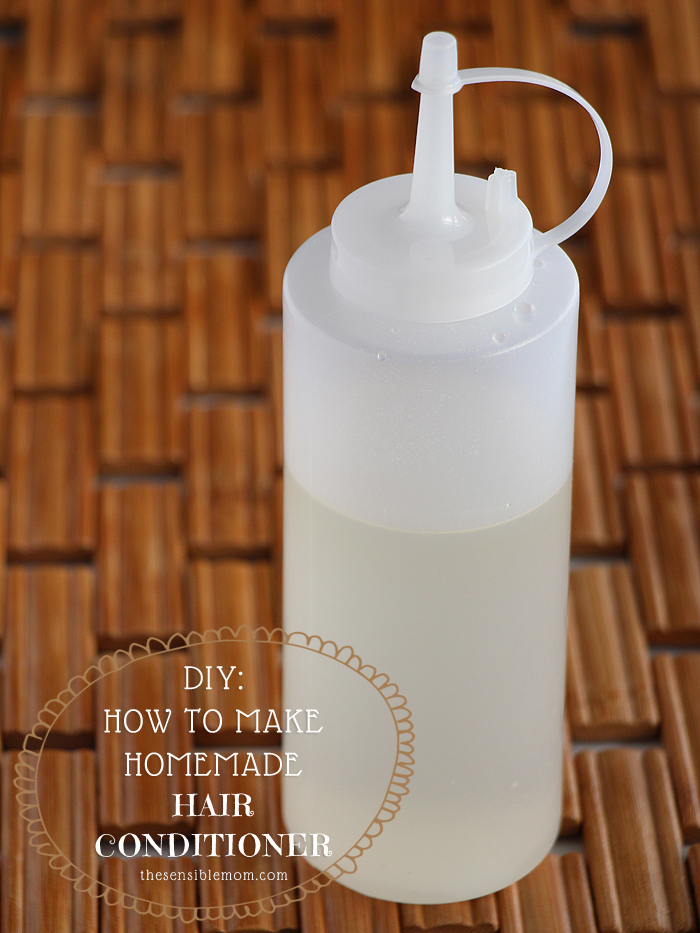Table of Content
Dried Ginger, Ginger powder, or fresh Ginger root can all be used to make this oil. Ginger is an ancient spice/herb that has been used for thousands of years. Ginger is a popular and efficient medicinal ingredient that is sometimes referred to as a root, although it is an underground stem called a rhizome. All information given in this blog should not be taken as medical advice. Please consult your doctor prior to making any changes to your health regiment.

Castor Oil—You can create your own castor oil hair growth recipe by using this as a base with another carrier oil to help dilute it. Like I said before, I strongly recommend against using straight castor oil on your hair. Coconut oil—Homemade hair oil with coconut oil is one of the best options for healthy hair and rapid growth.
How To Use Amla Oil?
Rinse organic ginger roots under running water and collect them to dry. Using a cheese grater, grate the fresh ginger into small pieces. Once done, transfer the grated ginger to a medium jar. Add oil to the grated ginger and allow it to be submerged in the oil.
No matter what recipe you choose, be sure to test it out on a small patch of skin first to make sure you don’t have a reaction. And always be sure to store any homemade hair growth products in a cool, dark place. If you’re looking for an all-natural way to encourage hair growth, you may be wondering how to make your own hair growth products.
Featured Articles
It isn’t just taste but onions come with a whole lot of health benefits too! Its antibacterial properties help to tackle infections, while the fibre content keeps digestion in check. Further, onions also contain antioxidants that ensure that the body is able to fight the damage caused by free radicals. I want this article to focus on the actual recipe, but I have to give you a super brief understanding of why these oils were chosen.

Coconut oil is a natural moisturizer, and it can help keep your hair healthy and encourage hair growth. To make this conditioner, mix 1/4 cup of coconut oil with 1 cup of water. Hair oils are great for moisturizing and conditioning all types of hair while promoting hair growth. Although there are plenty of commercial products available, making your own hair oil at home is natural, quick, easy, and inexpensive. Hair oils commonly include a carrier oil such as coconut or olive oil, alongside essential oils or plant material.
Best Strawberry Blonde Hair Dye Color
In today’s period of dust and pollution, everyone is much experiencing hazardous consequences on the hair and skin, even when we take care in several ways. This treatment can be done every few days or even once a week, depending on the hair type and the results that you are looking for. An increase in the microcirculation of the scalp that promotes healing. Since humans especially males do lose hair for the same reason, it’s safe to say that Rosemary can help grow hair too. Also, Rosemary showed even more impressive results when managing the side effects of an itchy scalp.
Rosemary oil is a steam-distilled oil extracted from the rosemary flowering plant. Here’s insight on how to use rosemary oil for hair growth, its benefits, reviews as well as some pictures. If you’re looking for a shampoo that can help promote hair growth, you can try making a shampoo with apple cider vinegar. Apple cider vinegar is a natural hair growth stimulant, and it can also help balance the pH of your scalp.
Coconut oil enhances the moisturizing properties of jojoba oil since it is a natural moisturizer. Coconut oil also nourishes the scalp encouraging healthy growth of hair. While Ginger’s qualities make it a fantastic hair treatment, there is sometimes uncertainty about which type of Ginger to use in recipes. Ginger oil, Ginger juice, and a Ginger hair mask can all be combined with other carriers or essential oils. While powdered Ginger is more convenient, fresh Ginger root provides more of the important elements that make it useful for hair maintenance. Improved hair health is one advantage that some essential oils provide.

Once fully filtered, we’re going to add some essential oils. Turn off the heat to allow the rosemary to steep in the water for at about 5 hours. Pour the rosemary infusion into a very dark-colored glass jar and then store it in the refrigerator.
Experiment with different oils to find the ones that work best for you. Optionally, you can add vitamin E if you want to, which can act as a preservative. However, it’s all oil, so you won’t have to worry about the shelf life. Take bunches of fresh rosemary, which are easily available at many online grocery stores at an affordable price.
I want to emphasize here that you do not need to shampoo your ends, although I’ve had different results depending on what shampoo I’m using. So don’t be afraid to experiment on a day when you don’t need to be anywhere to figure out how much oil your shampoo will remove. Rosehip Oil—It’s light, it’s full of essential vitamins and antioxidants for your scalp, and it’s super moisturizing for your ends!
If your mom has thin hair, there’s a good chance you may too. If male pattern baldness is in your family, you may genetically be turning off hair follicle growth and all external action will not help. It’ll wash off really easily and make your hair feel so soft and shiny.

The fight for long, luscious and thick hair has been going on for centuries. A natural hair growth oil recipe is not new, but our understanding of why certain ingredients are chosen has increased greatly. Add four tablespoons of olive oil to a double boiler pot, or two if you’re making this for the first time and you’re unsure if your hair will like it. You can use whatever oil your hair loves best for this hair growth oil recipe, but I used olive oil. Never place essential oils directly onto your scalp as they can irritate your skin.

No comments:
Post a Comment